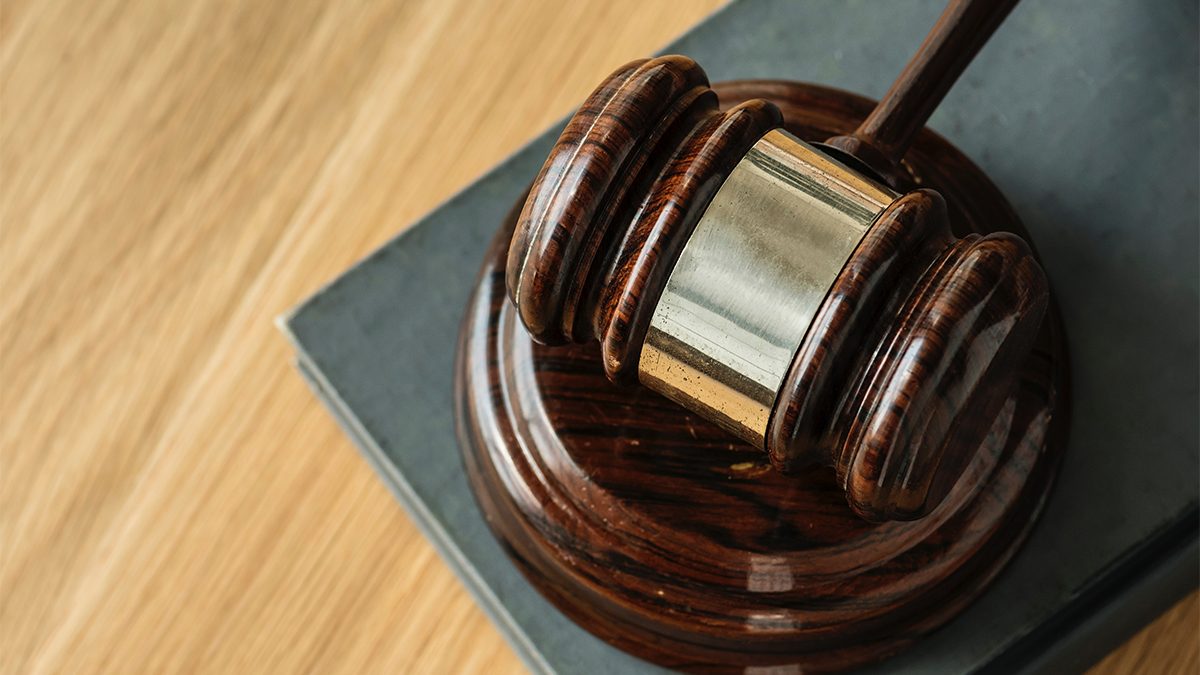One crew member was killed and another suffered a "major injury" after Virgin Galactic's SpaceShipTwo rocket plane, designed for suborbital commercial flights above the Earth, went down Friday during a test flight over the Mojave Desert in Southern California.
The test flight, in preparation for space tourism trips for which 700 customers have already paid up to $250,000, involved two crew members. Ground controllers lost contact with the crew shortly after the space tourism plane separated from a mothership that carries it to a height of about 50,000 feet, according to a Federal Aviation Administration statement.
One crew member was found dead in the vicinity of what authorities described as a widespread debris field. A second crew member was hospitalized, but details regarding a condition were not immediately available.
"At times like these, we recognize we engage in our craft freely," said Stuart Witt, CEO of Mojave Air and Space Port. "The test community is very small. We are human, and it hurts."
Crews found three distinct debris fields, indicating SpaceShipTwo broke apart mid-air, said Kern County Sheriff Donny Youngblood. A witness told The Associated Press the space tourism plane exploded over the desert after its rocket motor ignited.
"Space is hard, and today was a tough day," Virgin Galactic Chief Exec George Whitesides said.
Parts of the plane landed in the Cantil area, about 25 miles northeast of Mojave Air and Space Port and 95 miles north of Los Angeles. Aerial video showed several pieces of aircraft debris marked with the Virgin Galactic logo.
Local
"Well the aircraft was not in one piece when it hit the ground, so there was some kind of structural failure obviously," Kern County Sheriff Donny Youngblood said.
Witt and other members of the test flight team watched the test flight from the base of the control tower. He said he "detected nothing that appeared abnormal."
"During the test, the vehicle suffered a serious anomaly resulting in the loss of SpaceShipTwo," according to Virgin Galactic. The "anomaly" occurred as the plane fired its rocket engine in flight, according to NBCNews.com. A tweet posted by Virgin Galactic's account Friday morning said, "#SpaceShipTwo has experienced an in-flight anomaly."
The tweet was posted just minutes after the plane, carried to 50,000 feet by a mothership called WhiteKnightTwo, began flying under rocket power, something the hybrid-rocket engine plane had not done in more than nine months, according to NBCNews.com. WhiteKnightTwo landed safety, according to Virgin Galactic.
Billionaire Richard Branson, Virgin Galactic's founder, had planned to be among those on the plane's first commercial voyage. Branson's company is considered a front-runner in the space tourism industry.
"Thoughts with all @virgingalactic & Scaled, thanks for all your messages of support. I'm flying to Mojave immediately to be with the team," Branson tweeted Friday afternoon.
Branson's tweet referred to Scaled Composites, Virgin Galactic's flight test partner.
Authorities did not comment with regard to a cause at a Friday afternoon news conference.
Virgin Galactic had switched the plane's fuel mixture since the last powered flight, NBCNews.com reported. The fuel change involved a switch from a rubber-based compound to plastic-based mix, NBCNews.com reported. Engineers were attempting to determine whether the new mix would boost engine performance.
Test flight officials said at a Friday news conference that the new fuel formulation had been tested many times on the ground.



